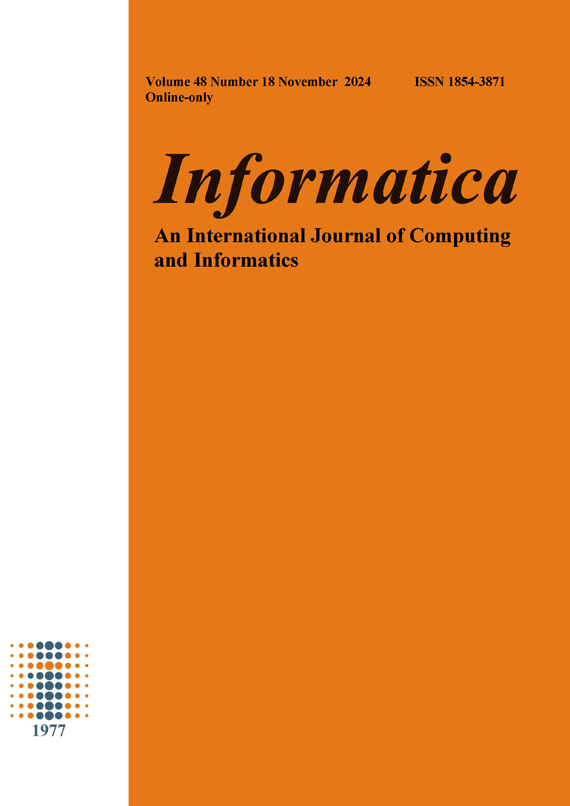Health Monitoring of Civil Engineering Structures Using Simulated Annealing Genetic Algorithm
DOI:
https://doi.org/10.31449/inf.v48i18.6435Abstract
The key to structural health monitoring in civil engineering is to optimize the configuration of sensors in the monitoring system to improve the diagnostic accuracy and reduce the consumption of computing resources. In this study, the genetic algorithm and the simulated annealing algorithm were improved, and an adaptive simulated annealing genetic algorithm was formed, and the strain mode criterion was integrated to achieve more accurate sensor optimal configuration. The finite element model of the bridge structure was constructed by ANSYS software and analyzed to obtain the strain mode matrix and displacement mode matrix. The simulation results showed that the simulated annealing genetic algorithm’s iteration in the process of obtaining the minimum MAC index value was only 132 times, which was significantly lower than that of the target detection algorithm (279 times) and the negative selection algorithm (284 times). At the same time, the average detection error rate of the simulated annealing genetic algorithm was reduced to 0.52, which was better than the 0.66 of the target detection algorithms and the 0.61 of the negative selection algorithm. The proposed algorithm not only shows obvious advantages in convergence speed, but also has higher accuracy than displacement mode in sensor optimization arrangement and has application potential in structural health monitoring of civil engineering.
翻译
搜索
复制
Downloads
Published
Issue
Section
License
I assign to Informatica, An International Journal of Computing and Informatics ("Journal") the copyright in the manuscript identified above and any additional material (figures, tables, illustrations, software or other information intended for publication) submitted as part of or as a supplement to the manuscript ("Paper") in all forms and media throughout the world, in all languages, for the full term of copyright, effective when and if the article is accepted for publication. This transfer includes the right to reproduce and/or to distribute the Paper to other journals or digital libraries in electronic and online forms and systems.
I understand that I retain the rights to use the pre-prints, off-prints, accepted manuscript and published journal Paper for personal use, scholarly purposes and internal institutional use.
In certain cases, I can ask for retaining the publishing rights of the Paper. The Journal can permit or deny the request for publishing rights, to which I fully agree.
I declare that the submitted Paper is original, has been written by the stated authors and has not been published elsewhere nor is currently being considered for publication by any other journal and will not be submitted for such review while under review by this Journal. The Paper contains no material that violates proprietary rights of any other person or entity. I have obtained written permission from copyright owners for any excerpts from copyrighted works that are included and have credited the sources in my article. I have informed the co-author(s) of the terms of this publishing agreement.
Copyright © Slovenian Society Informatika








